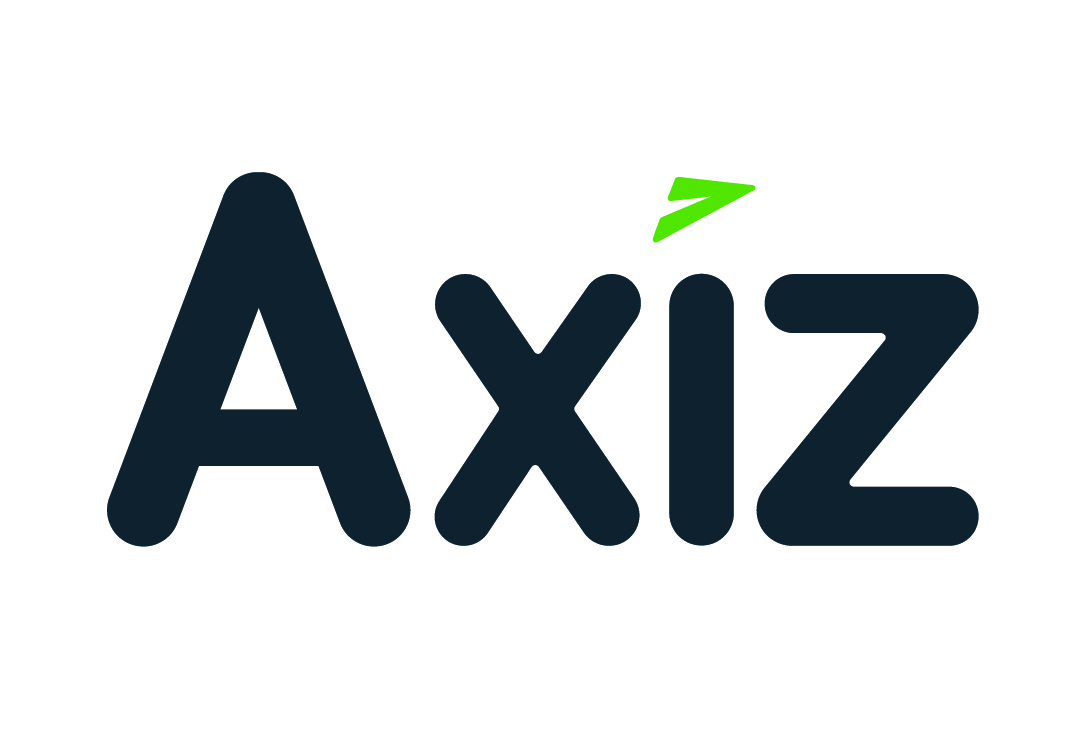In the last Industry Insight, I pointed out how different generations of users adopt new technology. It is obvious that people and technology have changed. There are two major changes, though: the attitude towards technology and the way that technology is used by people at work and in daily living. This is what I call the new normal.
While it is easy to describe the new normal in very broad, behavioural terms, dealing with its implications for business and consumers requires more detailed analysis.
The new normal covers the impact of 24x7 access from any location or type of connection, on practically any device, plus the utilisation of cloud services. It's worth noting that the recent Consumer Electronics Show (CES) in the US put the focus on tablet devices, smart appliances that connect to the Internet and can be remotely controlled, and - on the entertainment side - a push for 3D display technology.
Convergence is king
This very much underscores points I made earlier about how convergence, to use an almost dated expression, means that devices and information content are present at all times. The smart appliances featured at CES not only turn on and off with commands received via the Internet, they also report back on their status: fridges that report their contents and how long those contents have been stored, as well as washing machines that report on starting and finishing cycles. This also includes TVs with full Internet access.
Convergence practically takes on a new meaning in the context of the new normal, although it is a familiar word.
There are other elements that, though also familiar from previous usage, have a significant influence on how the new normal is adopted into daily living.
These are downtime and functionality. Both concepts are part of the silo-based networks of the past. Clearly, functionality must be optimised and downtime avoided. The new normal brings these ideas to centre stage and in a new light.
In the traditional business network, downtime could be tolerated to an extent. There was sometimes the option of alternative access and often the expectation that downtime would be short-lived enough to allow work to continue. For home users, downtime was just a temporary annoyance.
Downtime has, literally, become a deal breaker.
Andrea Lodolo is chief technical officer of CA Southern Africa.
Such attitudes change radically for the remote user who needs access and has only a single device and connection to make that possible. Today's users are not going to wait until they get back to the office. Users expect access at any time and from any location. On the home front, downtime is not just an annoyance when dealing with streaming media, like watching a movie online or conducting a conversation or transaction. It is very much part of the new normal that users expect live information. And the tasks being done, whether business or pleasure, are no longer easy or even possible to postpone.
BMW recently launched the new X3 in SA with Internet capability. Wow! But I wonder how many of us are thinking: “That's great, I'd love to have that, but how reliable and extensive is our coverage, or is it just going to frustrate me?” It might work well in Europe, but here - that may be another story...
Downtime has, literally, become a deal breaker. If the device, connection or service doesn't work, it has a major impact on people's lives and activities. This is the result of IT having become a utility, rather than an optional extra, in the lives of so many people around the world.
Parallel to this change in emphasis, the concept of functionality takes on greater importance and a somewhat different meaning.
An ideal world
In traditional implementations, the quest was always for perfection. Functionality aimed at being as full-featured as possible, no matter what overhead that entailed in terms of cost, and “bloated” software that offered more components than all but a handful of users would ever find necessary.
Today, most users look for something that works, even if it doesn't offer everything. The focus is on “good enough” functionality, rather than being all-inclusive.
This trend is clearly seen with the evolution of Web browsers, which are a primary interface for all activities. Cumbersome browsers such as earlier generations of Internet Explorer are being replaced with faster, less full-featured versions, such as Google Chrome and the new Internet Explorer 9. For users who still want additional features, these are often added through optional plug-ins that can be downloaded. But the vast majority of users choose speed over functionality.
This evolution is similar to what can be seen with smartphones. A reliable platform is what users look for. Applications for specific needs can be added later.
The other thing users want is convenience. The interface and functionality need to be easy and manageable. This applies to systems, devices and services. The examples of trends in browsers and smartphones clearly show that.
The new normal encompasses a generation of users who expect immediate and ever-present access to information and services. It could be said that the focus on eliminating downtime and accepting “good enough” functionality is part of this overall trend towards the convenience and immediacy users have come to expect.
The businesses that come out as winners in the world of the new normal are those that can achieve this for their information workers and customers.
Share
